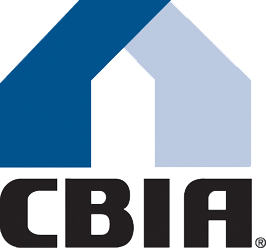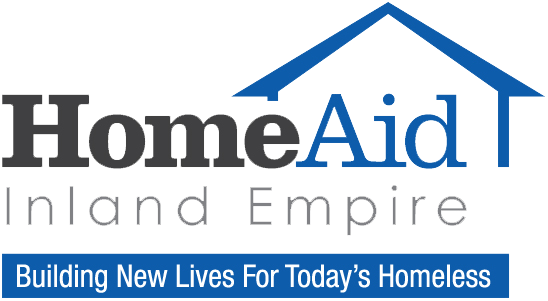California’s housing today is in a state of gridlock, a traffic jam of unmet needs brought on by years of policy that does not support the needs of our people.
Governor Newsom laid out ambitious goals when he took office in January 2019, and the Legislature advanced a handful of bills last year to help ease the housing crisis, but it’s not enough.
Based on feedback from our builders around the state, we have compiled a series of legislative proposals aimed at relieving the state’s ever-growing housing affordability crisis. We urge the state Legislature to take action on these issues immediately, as it’s time once and for all to have housing for all.
"Easy" legislative recommendations to speed up housing production
Enforce issuance of Certificates of Occupancy as required by the California Building Code: This is a low-cost way to be sure that jurisdictions follow existing law in getting already approved and fully constructed units to market.
Enforce partial release of subdivision bonds as required by the Map Act: This is a low-cost way to be sure that jurisdictions follow existing law in getting bonds timely released to reduce the cost of housing.
Authorize California Department of Housing and Community Development (HCD) enforcement of existing Housing Law: With the potential for an investigation, and a loss of funding, we believe local jurisdictions will be more apt to follow existing state law.
Require the disclosure of the identity of the plaintiff who is bringing a CEQA lawsuit.
“Heavier” legislative recommendations to speed up housing production
Local Impact fees
Cap or limit fees so that they are not disproportionate to the actual impact and cost of serving projects.
Eliminate or decrease “discretionary” developer requirements.
Regional Housing Needs Assessment (RHNA) reform
Incentivize local cities and counties to fulfill their responsibility by tying regional and state funding mechanisms to compliance with RHNA allocations.
Tie RHNA housing targets to job growth projections and targets. Build where there’s workforce.
Base RHNA compliance on the number of housing units approved and actually built.
We believe that a housing project should not be subject to multiple CEQA lawsuits: A project that has gone through the CEQA process and been subject to CEQA litigation must correct the deficiencies the court has determined were required to be corrected. Once that is complete, no more CEQA litigation should be allowed on the project.
City and county requirements
Simplify and standardize building codes and design criteria for faster approvals and fewer costly, one-off product types and/or features.
Require timely and substantive comments and decisions on plans and applications to minimize or eliminate delays.
Eliminate downsizing of project approvals.
















